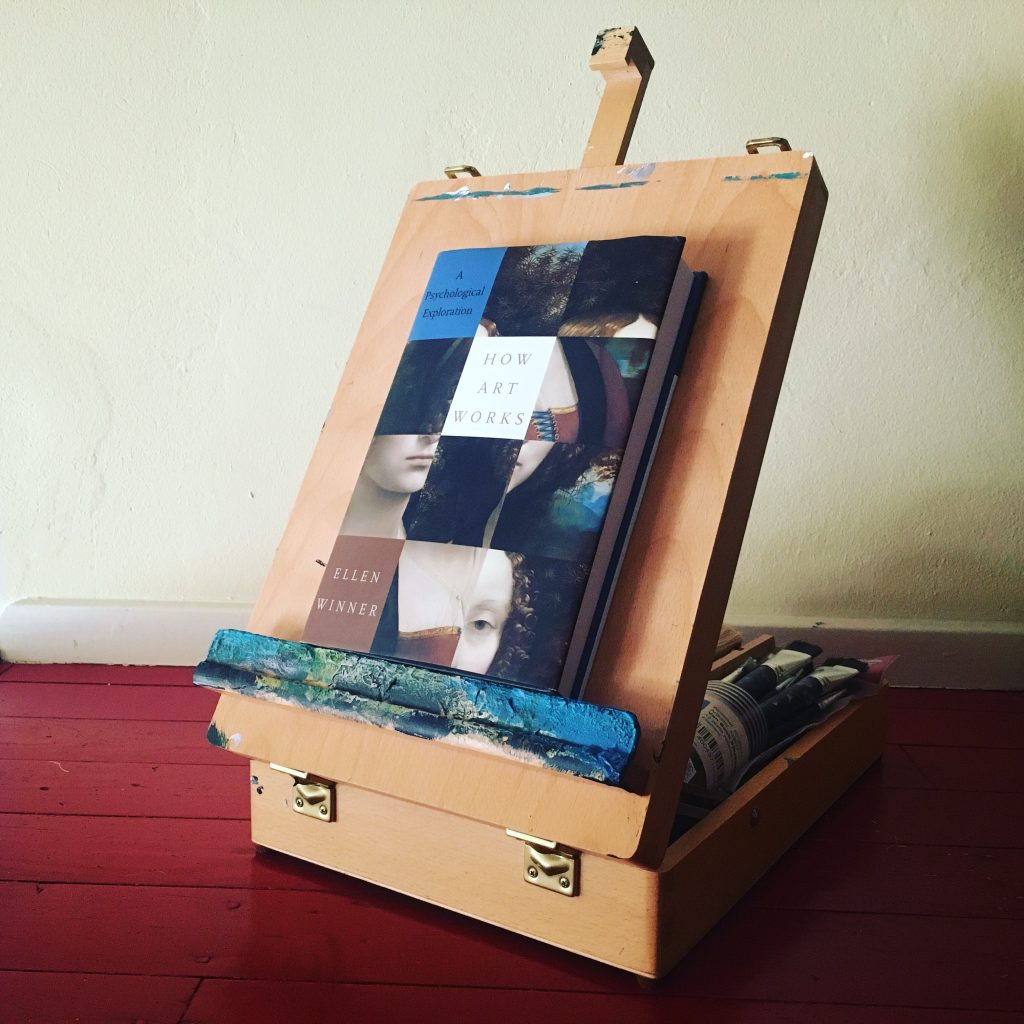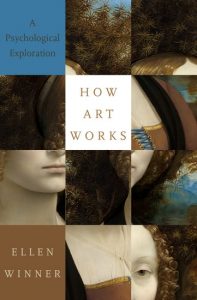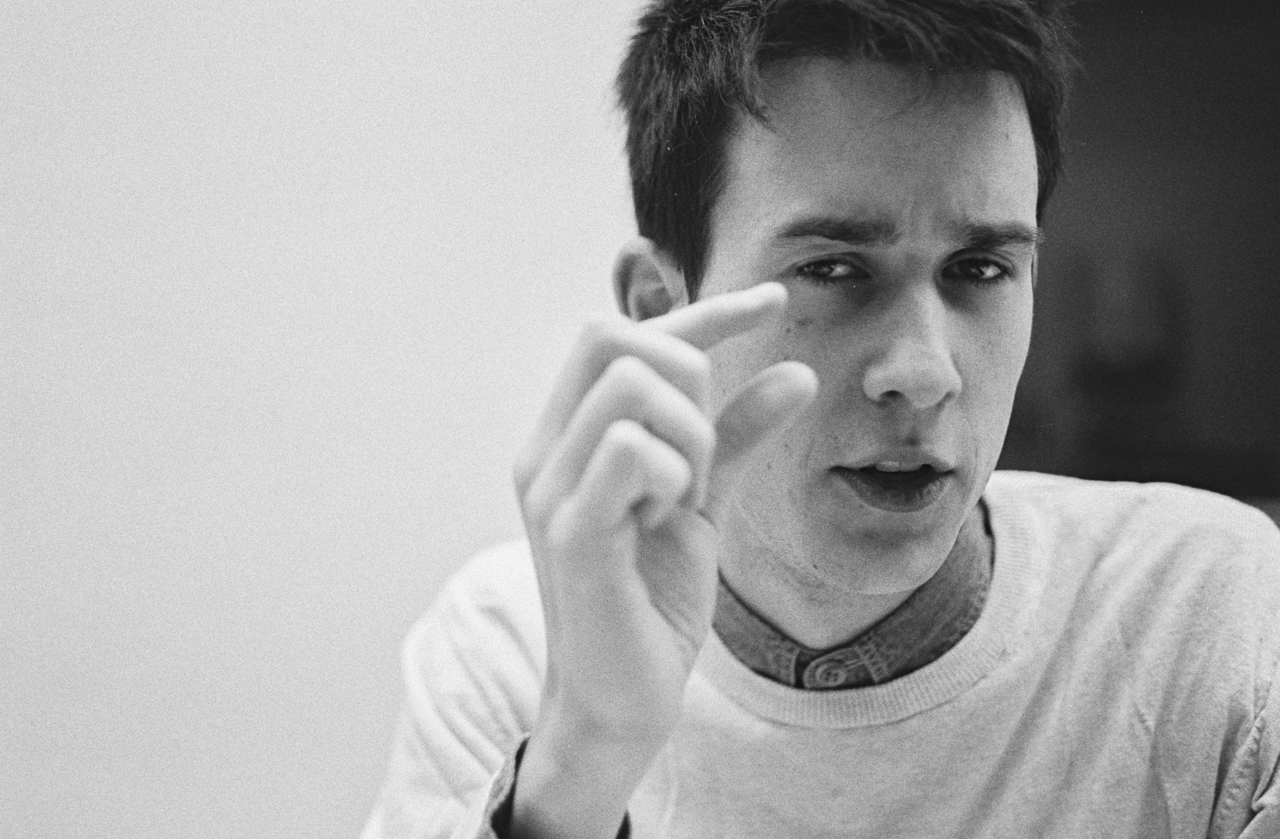Carolyn Chen argues in her new book Work Pray Code that Silicon Valley, one of the most vocally secular places in the world, has made their work into religion.
What Do You Think Is Art? A review of Ellen Winner’s book How Art Works
 It is a very old question, seemingly without a satisfying answer: What is art? Yet, this philosophical quandary perhaps eludes capitulation because it misses the mark; if art is a human idea, it may matter less what it is, and matter more what we think it is. In the new book How Art Works: A Psychological Exploration, Ellen Winner walks us through the foundations of how we think about art, covering the relevant questions, the research that attempts to address those questions, as well as the theoretical trains of thought that have historically guided our viewpoints on art.
It is a very old question, seemingly without a satisfying answer: What is art? Yet, this philosophical quandary perhaps eludes capitulation because it misses the mark; if art is a human idea, it may matter less what it is, and matter more what we think it is. In the new book How Art Works: A Psychological Exploration, Ellen Winner walks us through the foundations of how we think about art, covering the relevant questions, the research that attempts to address those questions, as well as the theoretical trains of thought that have historically guided our viewpoints on art.
The scope of Winner’s survey is wide, though recognizable. In it, she looks at many of the most frequently asked questions surrounding art, such as whether there are objective qualities that make art “great” (or if there’s merely an echo chamber of expert self-congratulation), whether or not there’s validity to the thought that “my kid could have done that,” and if there’s such a thing as “sad music”—that is, does a piece of music (or any artwork) inherently contain or embody specific emotions? Winner’s accessible mode of writing is precisely what these types of questions require, because they otherwise tend to veer off quickly into the arcane, smug, or intellectually masturbatory. Rather, she keeps an even-handedly critical voice that’s clearly rooted in her fascination with the mysterious mechanics of this thing we call “art.” In short, she deftly interweaves her knowledge and curiosity, generating the tension necessary to infuse art research with urgency.
We tend to think of art much as we do other crucial human experiences like love and truth: I know it when I see it. Trying to define it or pin it down not only feels futile, it also somehow cheapens the encounter. Yet, deconstruction and definition are rather central to formal thought. Winner opens her book with a definition proposed by Denis Dutton, a philosopher of aesthetics, of the features of prototypical art—a group of characteristics that may (but not of necessity) be possessed by artworks:
Skill and virtuosity; Novelty and creativity; Representation; Expressive individuality; Emotional saturation; Direct pleasure; Intellectual challenge; Imaginative experience; Culture of criticism; Style; Special focus; and, Existing within art traditions and institutions.
Winner further demarcates these characteristics into three main groups: “what we perceive in works of art, how we respond to works of art, and contextual aspects of art.” Already with this breakdown we take large steps towards understanding the difference between what art is and what we think it is. There is a distance established between the artwork as it is—whatever that might mean anyway—and our experience of it.
It might be worth it to take a breath and ask why this matters. Art occupies the realm of the imagination, and so, in consequence, it’s easy to dismiss as having effects that are, similarly, “not real.” To discuss it with too much gravity—what with all the wars, climate change, poverty, human rights violations, and so on—is a nearly certain way to castrate the conversation.
So, this is the fine line we must walk: on one hand, we all have had a profound encounter with some artwork, whether a movie, a song, or a painting, that offered to us something sublime and ineffable; on the other hand, who gives a shit when you’ve got bills to pay? It’s a conversation that runs a current wholly from the mundane to the transcendent.
In trying to define what we think art is, we can’t just discuss abstract paintings like Pollock’s splatters as edge cases to the theoretical definition, we also have to think about the common and plentiful artworks that have affected us personally as human beings. What do those works really give to us, and how?
Partly, this is “just” an integral effect of human perception. That is, we perceive the world around us not only literally but metaphorically. We do not interpret only what something is but what it means. Certain visual forms, for example, may have some innate meaning, like a willow tree expressing sadness or a flame’s dynamic upward movement expressing striving. Winner describes how the non-learned nature of some of our visual readings has been demonstrated through studies with blind people—there is a “connotation of forms.” Likewise, there are theories about why certain musical works make us feel—consistently and cross-culturally—sad, such as the suggestion that the structure of the song echoes the human voice expressing emotion. Another theory is that music builds and then relieves feelings of tension through its sequences. The impact of this is variable across individuals, but reliable enough that we must conclude there is something resonant between the work and its perception.
For all its abstraction from the real world, art is an inescapable part of humanity.
Another question that Winner discusses in her book relates to the ambiguous matter of our deciding willfully to feel “negative” things. Given that certain artworks may predictably incline us to feel a host of unpleasant emotions like sadness, fear, or anxiety, it becomes difficult to understand why we would choose to engage with those works. Why willingly put ourselves into states of suffering? The answer returns us to the earlier point of art belonging to the realm of the imagination. The art, and the emotions that we experience under its spell, are both un-real. Thus, sadness experienced through life experience and sadness experienced through a musical encounter are distinct. “Sadness from life events is tinged with anxiety because we know we need to figure out how to cope,” Winner writes, whereas, “sadness from music is pure and unadulterated.” It is the difference between an emotion with stakes versus an emotion as an aesthetic experience. And: “The aesthetic emotions do not require us to act; they just invite us to savor.”
Emotions as experienced in the real world have causes and consequences, and also, I suspect for this reason, they are often treated as a natural stimulated response; that is, just as we respond to fire with pain, we assume that because we have a certain emotional reaction to a certain stimulus, it is the correct and possibly the only way to respond. Emotions often feel—somewhat incorrectly—as something that happens to us. There is little room in such a situation for playfulness in feeling or, as Winner puts it, for savoring an emotion. In the imaginative space opened up by an artwork, however, we have the ability to intentionally visit an emotional state, to collaborate with a creator in casting an emotional spell over ourselves. It is thus little wonder that we often feel that a song, a book, or a movie, can hold identity-shaking, world-shaping power.
It’s little wonder at all that we can fall in love with art.
As a psychological question, “What do you think is art?” explores an interesting mental landscape comprising personal, communal, societal, cultural, and historical influences. Territories are perhaps without boundary, though increasingly, research tries to discern our reactions and motivations as we appreciate some artworks and not others. How Art Works collects and critically examines the aggregate of much historical theory and modern research on art. It is therefore worth reading for those who want a sharp and friendly breakdown of the inner-workings of the human experience of art. Winner’s survey offers a framework to ask reflectively what art is, while leaving room to consider the question for oneself.
 How Art Works: A Psychological Exploration is published by Oxford University Press.
How Art Works: A Psychological Exploration is published by Oxford University Press.



